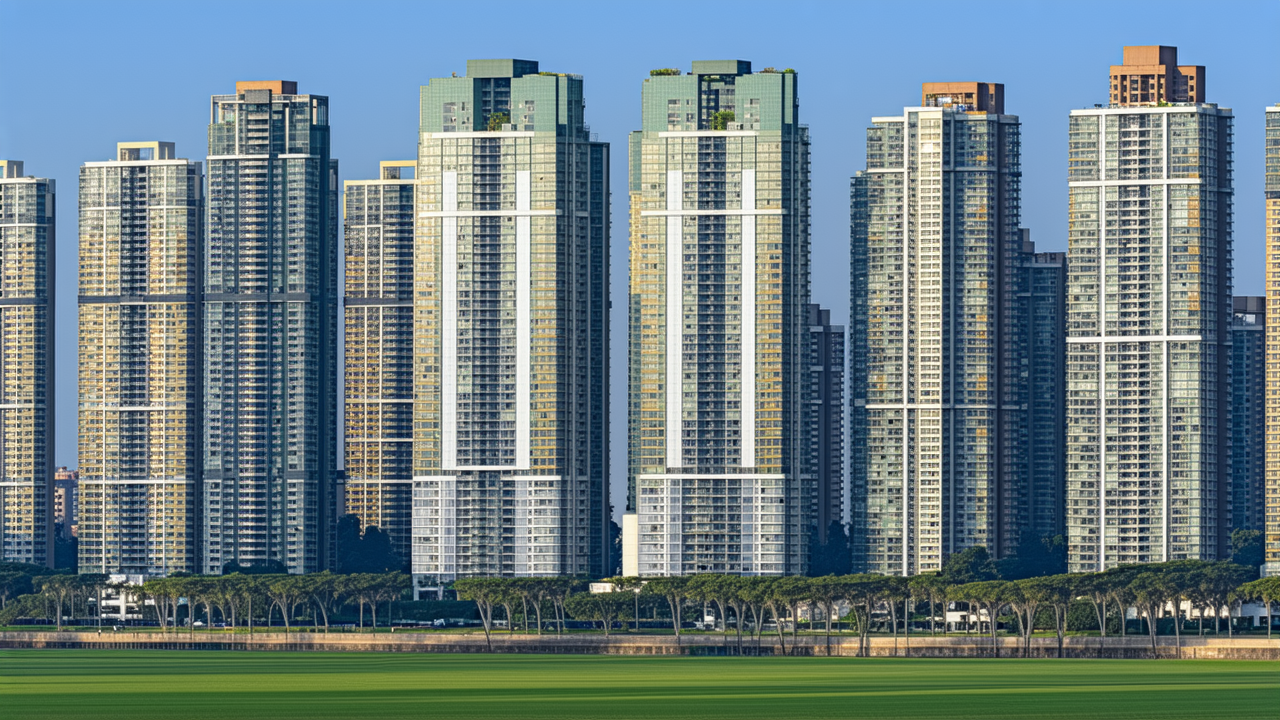Australia's Property Boom Fuels Record Surge in Millionaires
Australia's Property Boom Fuels Record Surge in Millionaires
A growing number of everyday Australians are now boasting a seven-figure net worth, a trend that was once the domain of celebrities and CEOs, according to a global report from Swiss bank UBS. The report highlights a dramatic increase in the number of Australian millionaires, driven largely by the booming property market.
According to the 2025 UBS Global Wealth Report, one in 10 Australians have become millionaires in US dollar terms, with a total of 1.9 million individuals in the country now holding at least $1.55 million in net worth. This marks a significant jump in wealth for the middle-income bracket, and UBS predicts this figure will grow by more than 20% by 2028, adding around 400,000 new millionaires to the list.
Australia now holds the second-highest median wealth in the world at $US268,000 (equivalent to $411,000 in Australian dollars), trailing only Luxembourg in Europe. Meanwhile, the country ranks fifth globally in average wealth per adult at $US620,000 (or $952,000 in Australian dollars). However, a significant portion of this wealth is tied up in non-financial assets, particularly in real estate.
"Australia stands out for its real estate that makes up almost 53% of the country's personal wealth, ahead of the United Kingdom and far ahead of other markets," the UBS report noted. In contrast, the proportion of wealth held in cash and deposits is the lowest in Australia, at just above 10%, a figure only half as much as in countries like Switzerland, Singapore, and the UK.
The average price of a house in Australia exceeded $1 million in the March quarter, according to the Australian Bureau of Statistics, underscoring the role of the property market in wealth accumulation. UBS defines 'wealth' as the value of financial and real assets owned by households, minus their debts, including superannuation and private pension funds.
While the global economy saw continued wealth growth in 2024, the United States and mainland China accounted for over half of the world's personal wealth. The remaining 46% was shared among the other 54 countries in the study.
North America's wealth growth was driven by strong financial markets, a large population, and a stable currency. The U.S. alone is home to nearly 24 million millionaires, making it the country with the largest number of millionaires in the world. However, the highest density of millionaires per capita was found in Switzerland and Luxembourg.
Despite these gains, a growing wealth gap is evident, with a significant disparity in personal wealth between North America and Oceania and other regions of the world. A new sub-group of millionaires, known as the 'Everyday Millionaires,' has emerged, with investable assets ranging from $1 million to $5 million. Their numbers have quadrupled since 2000, and they now control about $107 trillion in total wealth, largely due to rising real estate prices and exchange rate effects.
At the top of the wealth pyramid, the number of billionaires increased in 2024, reaching 2,891 people globally. Most of these billionaires have fortunes between $1 billion and $49 billion, with only a small number holding over $50 billion.
Australia's reliance on property as a primary source of wealth has also contributed to wealth inequality, according to Finder's 2024 Wealth Building Report. The report noted that nearly 16% of households with more than $100,000 in combined income own two or more properties, compared to only 6% of households with incomes between $50,000 and $100,000. This disparity has also been observed on a generational scale, with baby boomers and Gen X respondents more likely to own multiple properties than Gen Z.
The findings from UBS were based on data from the United Nations, World Bank, International Monetary Fund, and central banks around the world. As Australia continues to experience a property boom, the nation's growing millionaire population brings both opportunities and challenges, particularly in addressing wealth inequality and ensuring broader economic participation.

